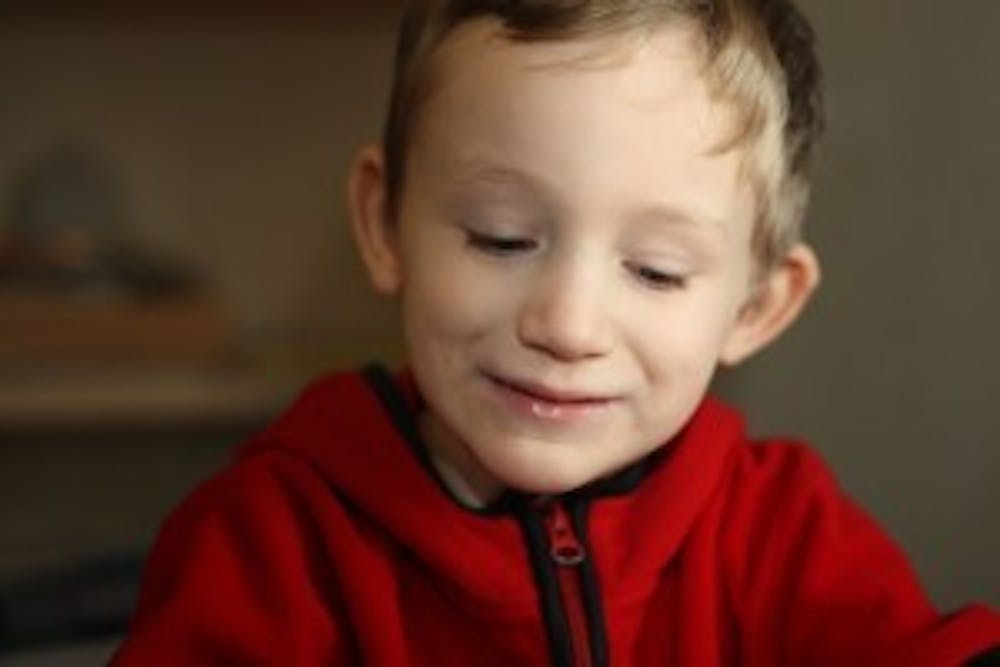One in 68 children in the U.S. have been diagnosed with a developmental condition that falls under the umbrella of autism spectrum disorder (ASD). The number of diagnosed cases of ASD is increasing over time, as is the medical community’s understanding of autism. As of now the exact mechanisms underlying the development of autism are not fully understood. However a new study has shed light on a region of the brain whose folding activity is correlated with the display of autistic symptoms.
Scientists working at three different research centers in France have discovered a marker of autism in Broca’s area, a portion of the brain that is involved in communication.
The human brain is made up of many folds of tissue, and magnetic resonance imaging (MRI) results show that a certain fold in Broca’s area is less deep in autistic patients than in patients that do not have ASD. The discrepancy in this fold can be detected and linked to the presence of autism in patients beginning at the age of two years.
The depth of this fold is measured by the depth of a patient’s sulcal pit. The researchers compared the sulcal pits in the brains of 102 boys. The boys, who ranged from two to 10 years of age, were either diagnosed with ASD, diagnosed with a different developmental disorder or developing as expected. The study found that the depth of a sulcal pit was greater in the subjects without ASD.
Currently, autism is typically diagnosed only through observing a patient’s behavior. According to the National Institute of Mental Health (NIMH), autism involves deficiencies in social interaction and communication.
Autism is four to five times more common in male children than in females. The likelihood of being diagnosed with autism is also correlated with the age of a child’s parents.
Some earlier studies linked the onset of ASD to abnormally large heads in infants or an unusually quick growth in the size of an infant’s head, according to the NIMH. Although there is no recognized cure for autism and people generally retain symptoms of ASD for life, it is possible for a patient to grow out of autism over time.
For instance, a 2013 study published in the Journal of Child Psychology and Psychiatry followed children with high-functioning autism and measured their performance in the areas of communication, facial recognition, socialization and other areas. The researchers found that a number of the patients ceased to show symptoms of autism over time. According to another estimate, as many as 20 percent of individuals who receive an autism diagnosis can grow out of autism over time.
While carrying out this particular study, the researchers also realized that some folds within the brain grow deeper as an individual ages. This suggests a departure from the view, which is currently widely held in the field, that cortical folding is not expected to change after birth.
Both this discovery and the linkage of autism to cortical folding pave the way for future research in this area. Additionally the discovery of a neural marker for autism is significant in that it can allow for medical professionals to better diagnose autism at younger ages.





